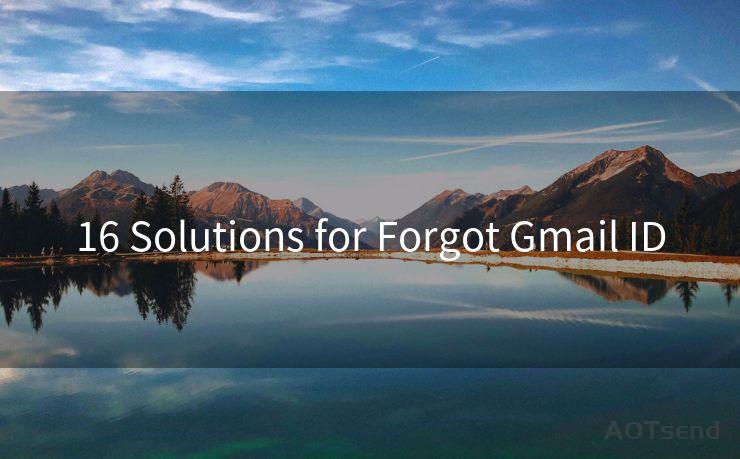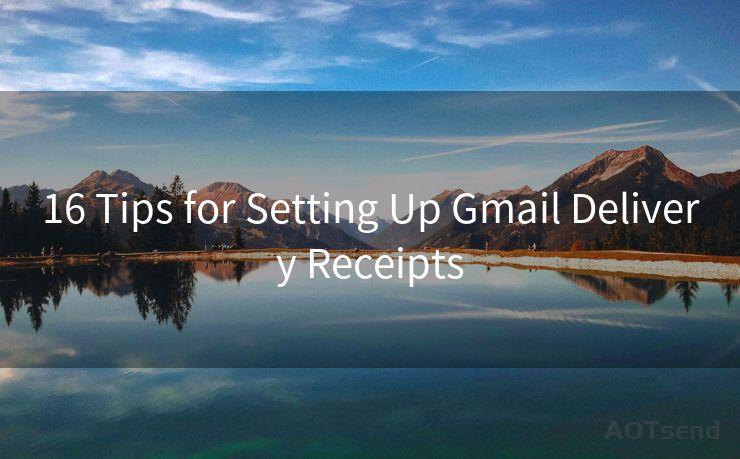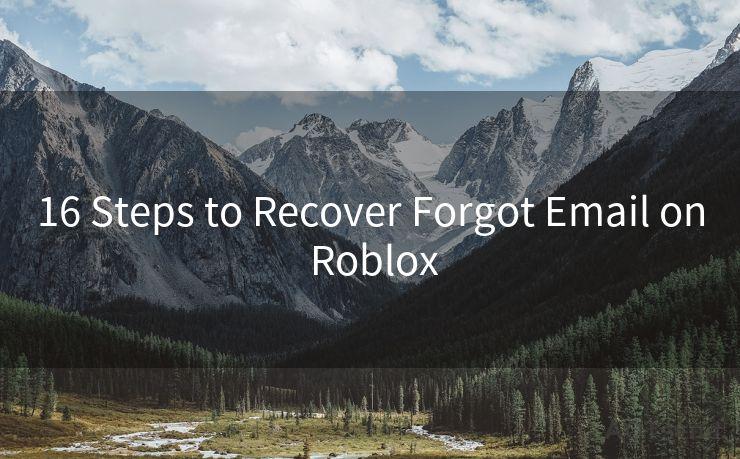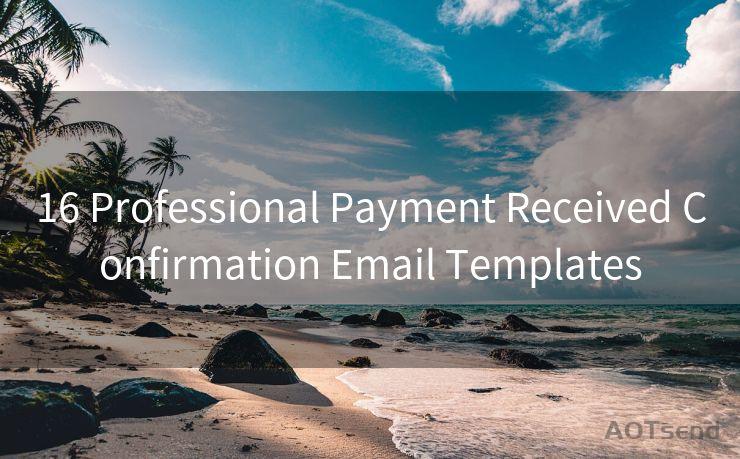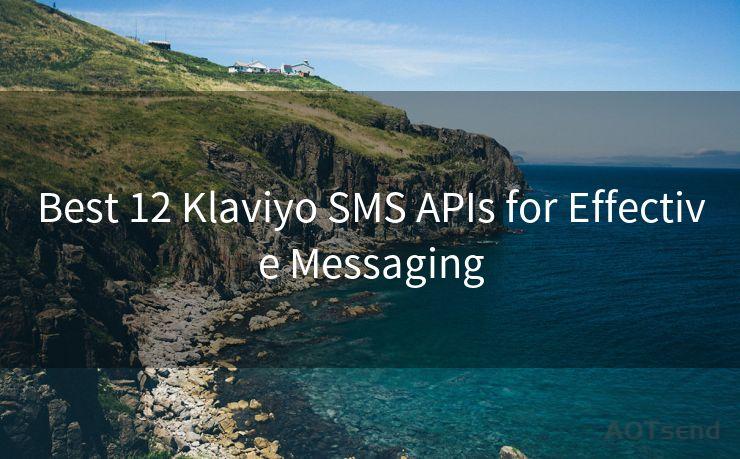Giving 2 Weeks Notice Email: 14 Best Practices for Professionalism
Hello everyone, I’m Kent, the website admin. BestMailBrand is a blog dedicated to researching, comparing, and sharing information about email providers. Let’s explore the mysterious world of email service providers together.
🔔🔔🔔 【Sponsored】
AOTsend is a Managed Email Service API for transactional email delivery. 99% Delivery, 98% Inbox Rate.
Start for Free. Get Your Free Quotas. Pay As You Go. $0.28 per 1000 Emails.
You might be interested in:
Why did we start the AOTsend project, Brand Story?
What is a Managed Email API, How it Works?
Best 24+ Email Marketing Service (Price, Pros&Cons Comparison)
Best 25+ Email Marketing Platforms (Authority,Keywords&Traffic Comparison)




When it comes to resigning from a job, professionalism is key. Giving a two-week notice via email is a common and respectful way to inform your employer of your intention to leave. Here are 14 best practices to ensure your resignation email is professional and effective.
1. Subject Line Clarity
Start with a clear and concise subject line, such as "Resignation Notice - Effective [Your Last Day]." This immediately informs the recipient of the email's purpose.
2. Formal Greeting
Begin your email with a formal greeting, addressing your manager or HR representative by their proper title and name.
3. Direct Statement of Intent
In the opening paragraph, clearly state your intention to resign and provide your last day of work. For example: "I am writing to inform you of my decision to resign from my position, effective [Your Last Day]."
4. Expressing Gratitude
Thank your employer for the opportunities and experiences you've had during your tenure. This shows gratitude and professionalism.
5. Reason for Leaving (Optional)
While it's not mandatory to provide a reason for leaving, if you feel comfortable sharing, a brief explanation can help maintain a positive relationship with your employer. Keep it short and sweet.
6. Transition Plan
Offer to assist in the transition of your duties to a successor or team member. This demonstrates responsibility and consideration for the continuity of the work.
7. Offering Availability
Indicate your willingness to assist after your departure, if needed, for a smooth transition.
8. Confidentiality
If there are any confidential matters related to your resignation, such as a new job offer, it's best to keep those details private. Avoid discussing sensitive information in the resignation email.
9. Formal Closing
End your email with a formal closing, thanking your employer again and expressing your best wishes for the company's future.
10. Proofreading
Before sending, proofread your email carefully to avoid any grammatical or spelling errors that could detract from your professionalism.
11. Timing
Give your notice as soon as you've made the decision to leave, allowing ample time for a smooth transition.
12. CCing Relevant Parties
If necessary, consider carbon-copying (CCing) relevant parties, such as HR or your direct supervisor, to ensure everyone is informed.
13. Forwarding Information
If you have personal or work-related information that needs to be forwarded, make sure to include instructions in your email.
14. Follow-Up Communication

After sending the resignation email, be prepared to follow up with a personal conversation or additional emails to address any questions or concerns your employer may have.
In conclusion, writing a professional two-week notice email is an important step in maintaining a positive relationship with your current employer and ensuring a smooth transition for both parties. By following these best practices, you can demonstrate your professionalism and gratitude, even as you move on to your next adventure.




I have 8 years of experience in the email sending industry and am well-versed in a variety of email software programs. Thank you for reading my website. Please feel free to contact me for any business inquiries.
Scan the QR code to access on your mobile device.
Copyright notice: This article is published by AotSend. Reproduction requires attribution.
Article Link:https://www.bestmailbrand.com/post1663.html

